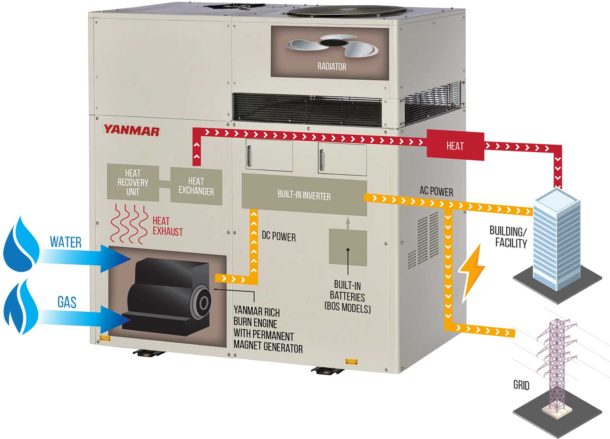Explore the benefits of propane CHP and micro-CHP systems
Driven by the climbing costs of electricity and increasing grid outages, consumers and businesses are searching for affordable, reliable energy solutions. The Propane Education & Research Council (PERC) created a new resource for residential and commercial construction professionals that outlines the benefits and capabilities of propane-powered combined heat and power (CHP) units.

A propane-powered CHP unit uses a propane engine to power a generator that produces electricity. It then uses the heat that’s generated for home or building heating and to heat water. Available in a wide range of capacities, CHP systems are ideal for single-family homes, apartment buildings, small businesses, utility power, and large commercial and industrial applications.
“CHP systems offer residential and commercial customers an energy solution that’s environmentally friendly, affordable, and incredibly reliable—plus, many won’t go down with the electric grid,” says Bryan Cordill, PERC’s director of residential and commercial business development. “Vulnerabilities in our electric grid are causing Americans to seek other reliable energy options, and we want them to know they can rely on propane anytime, anywhere.”
The free, downloadable brochure details some of the key benefits of propane-powered CHPs, including:
- Propane-powered CHP and micro-CHP systems outpace the efficiency and emissions of traditional heating or water heating systems, surpassing energy savings from even the most efficient boilers.
- In commercial micro-CHP systems, propane units reduce greenhouse gas emissions by 15 percent compared with diesel diesel and 50 percent compared with electric.
- Propane models reduce nitrogen oxide (NOx) emissions by 13 percent compared with natural gas and 50 percent compared with electric.
Download PERC’s new brochure to learn more or visit Propane.com.




Join the conversation: